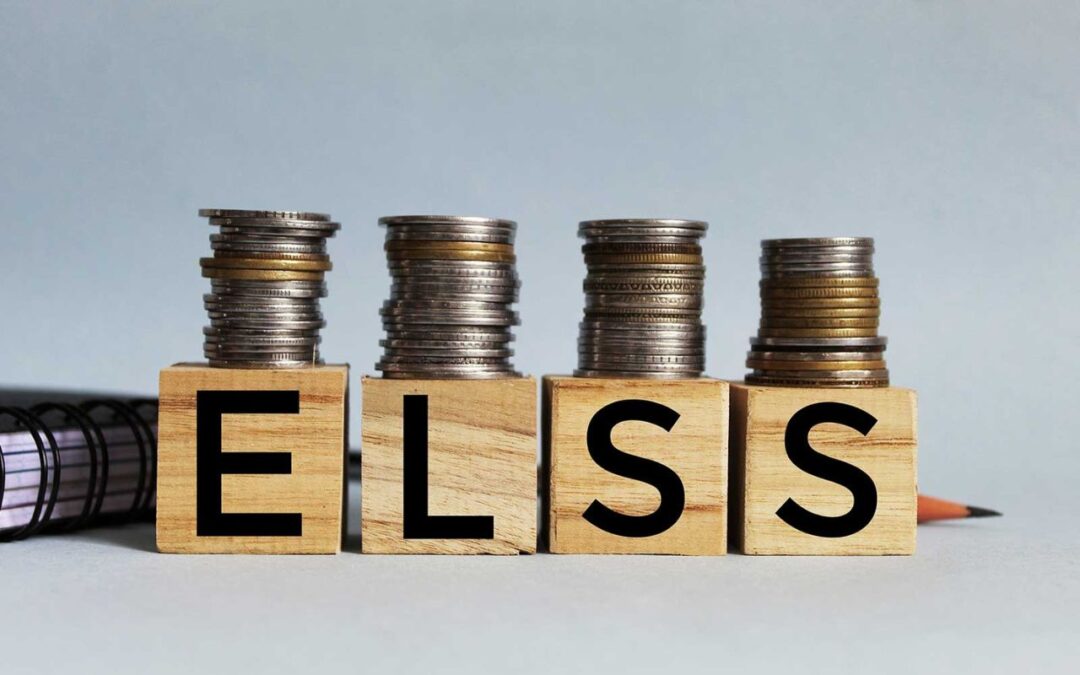Investing in Equity Linked Savings Schemes (ELSS) is one of the most popular ways to save taxes while creating long-term wealth. These funds offer the dual benefit of equity growth potential and tax deduction of up to Rs. 1.50 lakh under Section 80C, making them attractive for many investors.
However, mistakes made while choosing or managing ELSS can reduce returns and limit the benefits. To make the most of this investment option, it is important to know what to avoid. In this article, we will explore common mistakes investors make in ELSS funds.
Common Pitfalls in ELSS Investing
ELSS is an appealing instrument because it offers tax advantages under Section 80C while giving exposure to equity markets. But many investors make mistakes that reduce their effectiveness and limit returns. Below are some of the typical errors.
1. Not Matching ELSS with Personal Risk and Time Horizon
If an investor picks ELSS funds without considering how much risk they can tolerate or how long they plan to stay invested, they may feel exposed to unexpected losses.
These schemes are tied fully to equity markets, which know highs and sharp dips. Someone with a low risk appetite or a short timeframe (for example, needing funds in 2-3 years) may suffer if markets turn weak.
In contrast, those who can stay invested beyond the basic lock-in period of three years (say five to seven years) are more likely to smooth out fluctuations and benefit from compounding.
2. Ignoring Costs, Fees, and the Impact on Returns
Ignoring costs and fees when choosing ELSS funds can seriously reduce your net returns over time. The Total Expense Ratio (TER) is the annual charge used to cover fund management, administrative, distribution, audit, and other operational fees.
Even a seemingly small difference in TER matters because it gets deducted daily from your NAV.
For example, if two funds both generate gross returns of say 10%, but one charges 1.5% in fees and the other 0.5%, the investor in the lower-fee fund would end up with significantly more over a multi-year period.
3. Last-Minute or Lump Sum Investment
Investing a large sum in an ELSS fund at the end of the financial year often leads to suboptimal timing and elevated risk. Markets may be near peaks, so buying in one go makes the investment vulnerable to short‑term downturns.
When funds are spread across the year through smaller, regular contributions, the effective purchase price averages out over varying market conditions. Lump sum investing also tends to discourage discipline, pushing the decision under the pressure of deadlines and tax obligations. Such strategies expose investors to volatility and missed opportunities.
4. Neglecting Fund Quality and Consistency
Neglecting fund quality and consistency often trips up ELSS investors. For instance, consider the Mirae Tax Saver Fund. Despite a volatile market, it has delivered strong rolling returns over 3‑ and 5‑year periods, outperforming its benchmark and category average.
Investors who focus only on recent gains miss out on assessing long‑term steadiness. A good ELSS fund should show disciplined stock selection, minimal ups and downs over the years, and dependable management. Ignoring such traits means you select funds that spike often but dip sharply too, undermining growth.
5. Focusing Only on Tax Benefits
Putting all emphasis on tax savings when investing in ELSS is risky, even though reducing taxable income is attractive. Investors who do this often neglect their own risk tolerance and time horizon, which ELSS demands because of its equity exposure and volatility.
They may overlook fund performance, fees, the fund manager’s track record or whether the portfolio aligns with their financial goals. When market downturns occur, such investors tend to panic sell or switch funds prematurely, hurting their long‑term returns. It is essential to balance tax advantages with a sound investment strategy.
Conclusion
To avoid repeating those errors in ELSS investing, be disciplined, do your homework, and align choices with your real financial goals. Monitor costs, focus on long‑term horizons, and insist on fund quality rather than chasing tax breaks only. This ensures better outcomes and peace of mind.


